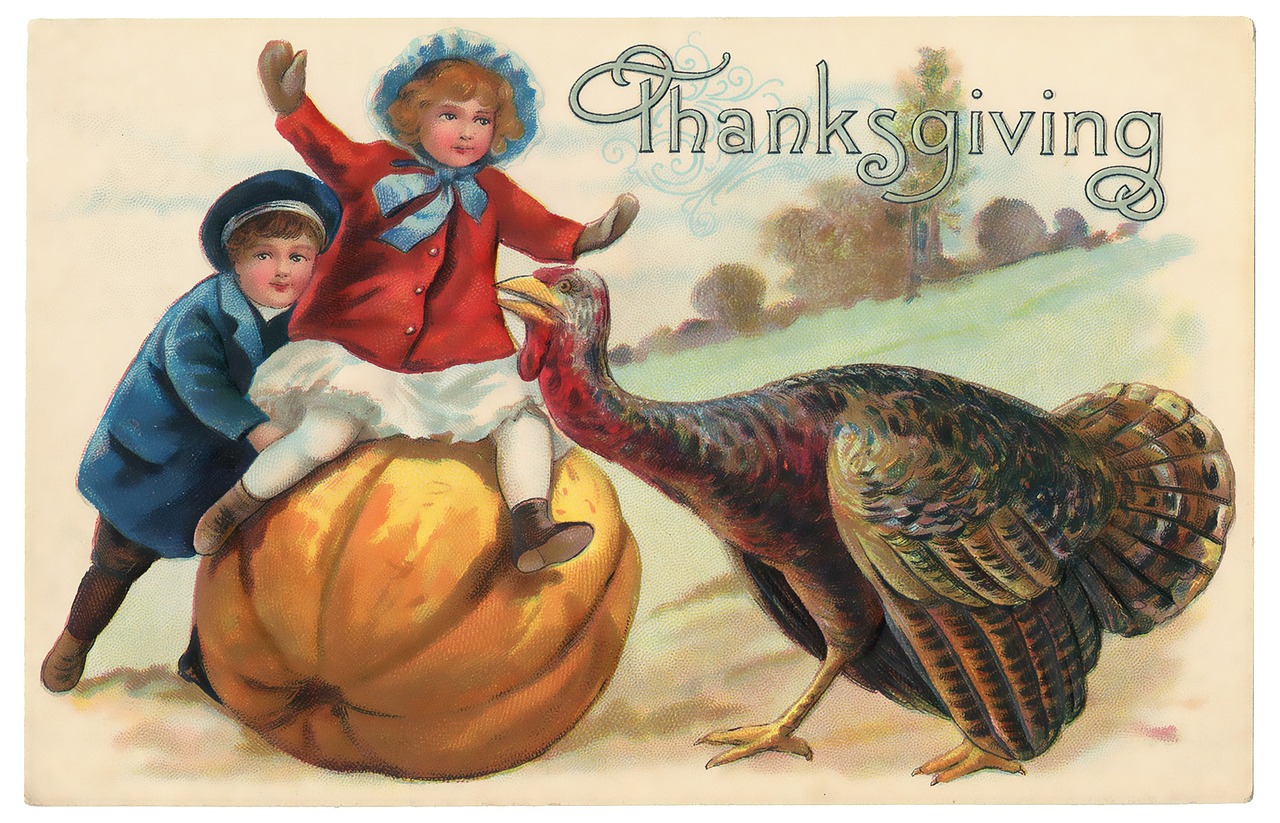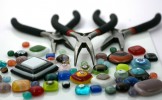Posted by Cynthia Boris
 Before the turn of the century, everything was handmade – the clothes you wore, the chairs you sat on, the tools you used to raise the ingredients you used to hand-make the food you ate -- it was all handmade by you or someone else. There was craftsmanship. There was originality. There was pride in the work.
Before the turn of the century, everything was handmade – the clothes you wore, the chairs you sat on, the tools you used to raise the ingredients you used to hand-make the food you ate -- it was all handmade by you or someone else. There was craftsmanship. There was originality. There was pride in the work.
By the 1950’s, handmade wasn’t something you were proud of. Kids who wore handmade clothes to school might be laughed at and you only built your own furniture if woodworking was your hobby. The ability to buy mass produced items was a sign of success. Think about what it meant to be the first family on the block with a factory made, automatic dishwasher! No more washing dishes by hand!
Those were terrific times, but shortly after things started to go downhill. Those mass produced products didn’t last as long as the ones they made ten years before. And heaven forbid two women showed up at a party wearing the same dress! That never would have happened back in the handmade days.
Today, we don’t seem to mind being a carbon copy. In fact, we seem to relish it. Carrying the same designer bag a celebrity carries means you’re on trend. Having the same, brand new iPhone means you’re in the know, and giving your kids the same toys as every other kid in their class makes you a good parent.
It’s weird how we’ve come to covet sameness.
Happily, this isn’t true for all of us. Some people enjoy being different. Some people covet the unusual and thrive on having a one-of-a-kind item that no one else has. These are the heritors of handmade. They’re people who truly appreciate the lost art of handwork, be it jewelry or clothing or toys, bathsoaps, carved ducks or dog leashes. These are the people who are willing to spend a little more money and time in order to buy something with fingerprints.
If it wasn’t for this small, but loyal band of shoppers, we’d all be drowning in piles of our creations. You can only give so many crocheted scarves away to friends and family. There comes a point where you have to start selling or stop doing the thing you love. Since that last part is impossible, the first part because probable – you put a price tag on your art and hope that buyers will share your vision.
Selling your own handmade goods isn’t easy. It’s not like selling mass produced clothes in a retail store where you don’t have an emotional attachment to the shirts. Can’t move those purple turtlenecks? Oh well, guess purple isn’t in this year. Mark them down and clear them out. But can’t move that necklace you made with shells from the beach where you were married? What’s wrong with people? Mark it down? Never! Rather keep it than let it go for cheap!
Yes, selling your own handmade goods comes with its own, extra large cart full of baggage. But when you sell that special necklace to a woman who wears it on her wedding day (then posts the photo online for you and all the world to see), it’s totally worth it.
In honor of Thanksgiving, we here at IndieMade want to give thanks to the amazing people on both sides of the transaction; our incredibly talented IndieMade store owner / artisans and the incredibly wise customers who buy handmade. We couldn't do what we do, if it wasn't for both of you.
Here’s wishing you all a happy, warm and creative Thanksgiving.




